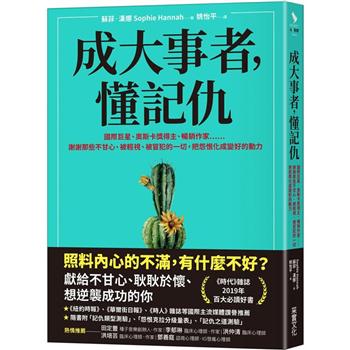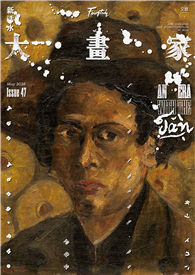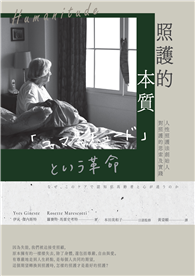Eduardo Mencos is a professional photographer. His photographic work has appeared in many Spanish and international publications and he is the author of several books: Mi Sevilla, Indianos La Gran Aventura, Hidden Gardens of Spain, and Royal Gardens of Spain. His most recent book is Spain in Light and Shadow, a display of the most spectacular and unique landscapes to be found in Spain. "I want to show what the land has shown me, seeing it as a king of canvas, redolent of the past and the people who haved lived there. Landscapes, like the human face, can record the effects of time." Eduardo Mencos thinks of a garden as a work of art in which the plants and the architectural components combine to form an integrated whole. Water is given an important role in his designs and he incorporates decorative elements-sculptures, fountains and other ornamental features- and state of the art materials stainless steel, fibre glass to accentuate and emphasize the surrounding countryside. With his background in cinema and photography, his innovative spaces are distinguished both by their narrative. Monochromatic flower beds and the use of native plants is one of the main characteristics of his designs. This designer considers the Spanish countryside to be this great "maestro" and source of inspiration. Charles Quest-Ritson is a writer, historian and journalist, with a column in the lifestyle magazine Country Life. He is the author of Climbing Roses of the World (Timber Press, 2003) and, jointly with his wife Brigid, of an Encyclopedia of Roses that was first published in UK by Dorling Kindersley in 2003 and has since been translated into seven languages, including American English. Charles Quest-Ritson is an author and translator but perhaps best known among rosarians for the Encyclopedia of Roses that he wrote with his wife Brigid and was first published in 2003 and translated into six languages.The RHS Encyclopaedia of Roses (2003) in Italian translation, won the literary Grinzane Cavour Prize (2006).He also wrote Climbing Roses of the World (2003) which is the most comprehensive treatment of the subject to date. He was for some years a director of the Royal National Rose Society but resigned in 2000. He also chaired the Historic Roses Group in UK and was a member of the RNRS’s Trials Committee for 12 years.
| FindBook |
|
有 1 項符合
Ediciones El Viso的圖書 |
 |
$ 2660 | The Olive Tree: Around the World
作者:Quest-Ritson 出版社:Ediciones El Viso 出版日期:2024-11-01 語言:英文 規格:精裝 / 240頁 / 普通級/ 初版  看圖書介紹 看圖書介紹
|
|
|
圖書介紹 - 資料來源:博客來 評分:
|










